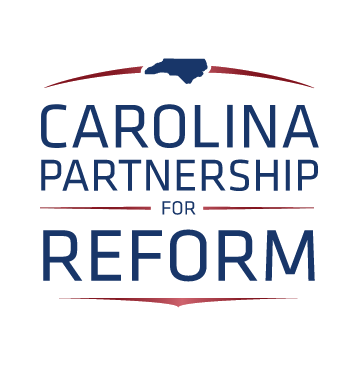What's the Real Impact of Opportunity Scholarships on Per-Pupil Funding?
Accessed via Wordpress
The standard measure of public school funding, in North Carolina and nationally, is how much is spent per student. Just about every news story or advocacy piece on education spending uses this figure.
It's easy to understand why. Topline spending figures are mostly meaningless without knowing how many students benefit from that spending. One state might spend $20 billion while another spends $5 billion. But which state is really more generous? It's impossible to say without knowing how many students that money is divvied up to serve.
But that standard measure of education spending has been turned on its head in the debate over Opportunity Scholarships. Instead of calculating how Opportunity Scholarships impact per-student funding in public schools, most opponents instead misleadingly claim Opportunity Scholarships will result in public school funding cuts.
Opportunity Scholarships have precisely zero impact on per-pupil spending in public schools (if anything, each new Opportunity Scholarship causes per-pupil public school funding to slightly increase, because the average scholarship is less than average per-pupil funding).
So you're saying all the reports of Opportunity Scholarships "siphoning" money from public schools are wrong? Yes, that's exactly what we're saying.
North Carolina public schools receive a certain amount of funding for each student they educate. This makes sense: More students means schools pay for more teachers and other expenses, and vice versa.
When a student leaves a public school to attend a private school on an Opportunity Scholarship, the public school stops paying the expenses associated with that student. So the public school has one less student, and therefore doesn't receive state funds to pay for that student's education. Per-pupil funding remains unchanged!
That's an inconvenient reality for Opportunity Scholarship opponents, because it means they can't allege the program drains money from public school students. At least, they shouldn't allege that because it's not true.
So they employ a rhetorical slight-of-hand. Instead of referencing per-pupil funding, they instead point to the topline education budget figure. That's what a recent analysis from OSBM does in claiming Opportunity Scholarships will decrease the public school budget "by approximately $75 million." Gov. Roy Cooper and the far-left NCAE also employ this slight-of-hand.
But they withhold the fact that the public school system will be educating fewer students. In their world, public schools should apparently receive funding even to educate phantom students that don't go there. That would be like suggesting Alamance County should receive funding to educate a student even after that students moves away to Texas.
Don't fall for this rhetorical slight-of-hand. Per-pupil public school funding will remain unchanged with or without Opportunity Scholarships.

